|
|
| Пишет kavery ( @ 2007-10-23 14:42:00 |
|
|
|
|
|
|
|
|
|
|
|
|
|
|
Charles Spencelayh
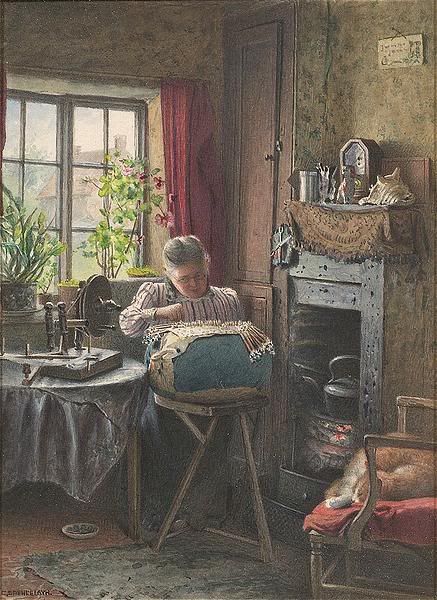
Кружевница
Очень уютная картина. Камин небольшой, но уютный, кот вальяжно развалился на кресле.
Очень мне понравились картины этого художника. Очень душевно, с любовью писал он портреты героев своих картин. А рисовал он простых старичков и старушек. И так, 7 дедулек.
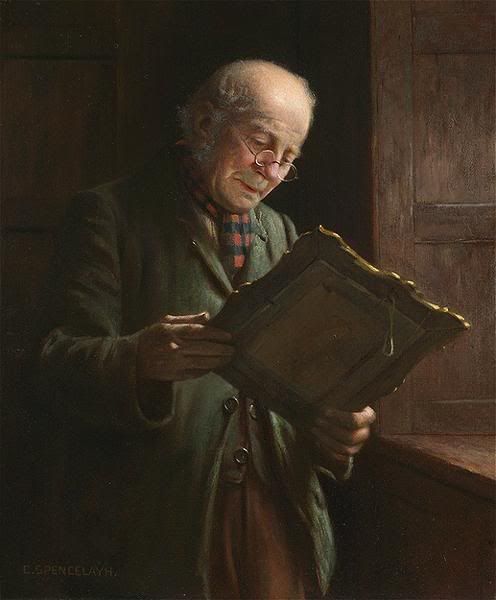
A family relic
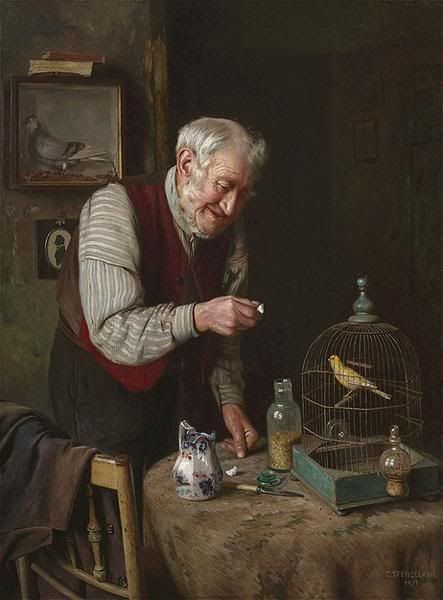
A favourite pet

Going at last
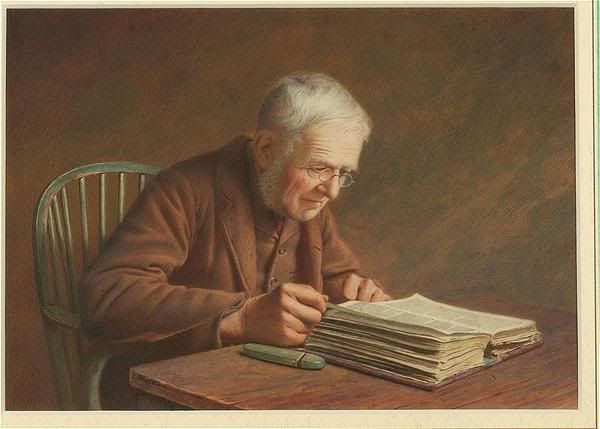
Light at Eventide
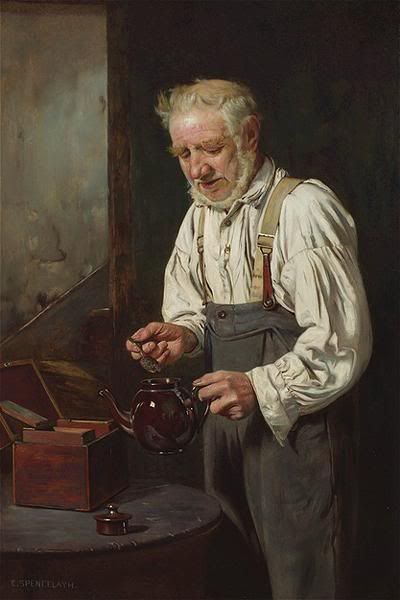
Making the Tea
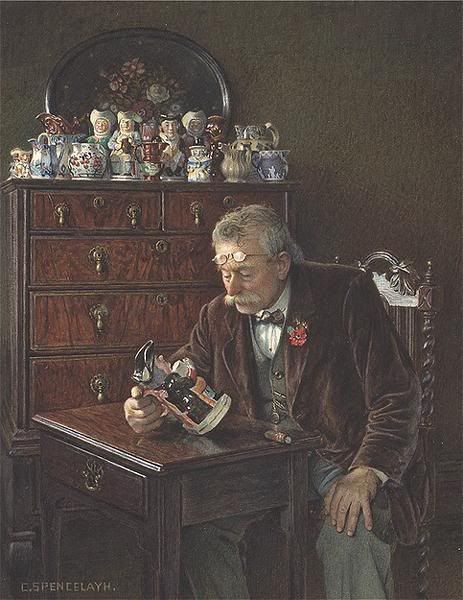
The latest addition
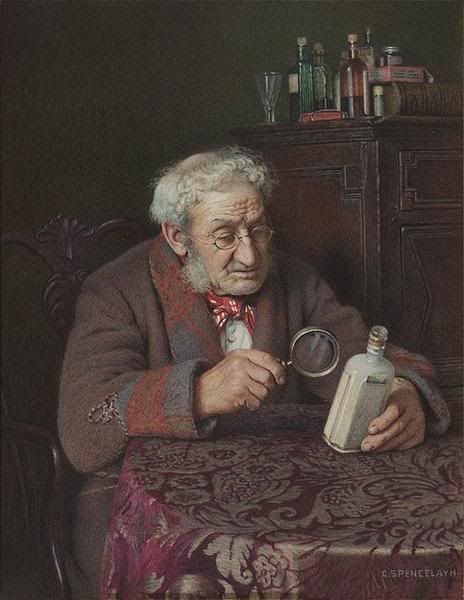
A Touch of Rheumatism
Charles Spencelayh (1865 - Rochester - 1958 - Northampton)
Biography
Acclaimed by one critic as ‘the modern Meissonier of British Domestic life’, Charles Spencelayh was a painter of figure subjects, genre scenes and portraits. He has also been compared to William Powell Frith in his skilful evocation of sentiment and meticulous rendering of detail. He worked in many media achieving great acclaim as a miniaturist, watercolorist and etcher.
Charles Spencelayh was the son of Henry Spencelayh, an engineer and iron and brass founder. He was born in 1865 in Rochester, Kent. He first studied at the National Art Training School (later renamed the Royal College of Art), where he won a prize for figure drawing. Spencelayh continued his training in Paris where he exhibited at the Paris Salon.
Spencelayh exhibited predominantly in Britain. He showed 30 paintings at the Royal Academy from 1912 until his death in 1958. He was a founder member of the Royal Society of Miniature Painters, joining in 1897. He was also elected an honorary member of the Royal Birmingham Society of Artists and Vice-President of the British Watercolour Society. His work hung in many of the leading London venues including the Royal Institute of Oil Painters, the Royal Institute of Painters in Watercolour, the New Gallery and the Alpine Gallery. Spencelayh also exhibited regularly in the provinces with the Royal Society of Artists, Birmingham, the Royal Cambrian Academy, the Royal Hibernian Academy, the Glasgow Institute of Fine Art, the Walker Gallery, Liverpool and Manchester City Art Gallery. He held a one-man show at the Sunderland Art Gallery in 1936.

Кружевница
Очень уютная картина. Камин небольшой, но уютный, кот вальяжно развалился на кресле.
Очень мне понравились картины этого художника. Очень душевно, с любовью писал он портреты героев своих картин. А рисовал он простых старичков и старушек. И так, 7 дедулек.

A family relic

A favourite pet

Going at last

Light at Eventide

Making the Tea

The latest addition

A Touch of Rheumatism
Charles Spencelayh (1865 - Rochester - 1958 - Northampton)
Biography
Acclaimed by one critic as ‘the modern Meissonier of British Domestic life’, Charles Spencelayh was a painter of figure subjects, genre scenes and portraits. He has also been compared to William Powell Frith in his skilful evocation of sentiment and meticulous rendering of detail. He worked in many media achieving great acclaim as a miniaturist, watercolorist and etcher.
Charles Spencelayh was the son of Henry Spencelayh, an engineer and iron and brass founder. He was born in 1865 in Rochester, Kent. He first studied at the National Art Training School (later renamed the Royal College of Art), where he won a prize for figure drawing. Spencelayh continued his training in Paris where he exhibited at the Paris Salon.
Spencelayh exhibited predominantly in Britain. He showed 30 paintings at the Royal Academy from 1912 until his death in 1958. He was a founder member of the Royal Society of Miniature Painters, joining in 1897. He was also elected an honorary member of the Royal Birmingham Society of Artists and Vice-President of the British Watercolour Society. His work hung in many of the leading London venues including the Royal Institute of Oil Painters, the Royal Institute of Painters in Watercolour, the New Gallery and the Alpine Gallery. Spencelayh also exhibited regularly in the provinces with the Royal Society of Artists, Birmingham, the Royal Cambrian Academy, the Royal Hibernian Academy, the Glasgow Institute of Fine Art, the Walker Gallery, Liverpool and Manchester City Art Gallery. He held a one-man show at the Sunderland Art Gallery in 1936.